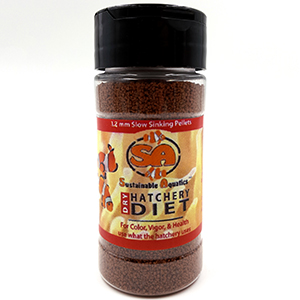Powder Blue Tang
- Species Information

Acanthurus leucosternon
The powder blue tang (Acanthurus leucosternon Bennett, 1832) is one of the most striking of all marine fish. Their beautiful coloration, impressive size, and graceful presence make them one of the most sought after fish in the hobby. The most important factors in keeping the powder blue tang are ample space, good water quality, and nutrition. Native to the Indian Ocean, these animals stake out large territories in the wild, which they need replicated in the home aquarium. They spend their days grazing on algae and benthic organisms and therefore are best suited to a large reef tank with plenty of live rock. Due to their large size and active nature they should be kept in at least 125 gallons. Maintaining optimum water quality, as well as proper nutrition, will ensure these animals stay healthy and disease-free. Because these fish can be difficult to feed, buying them from our Sustainable Islands project is the best option as we condition these fish to accept prepared foods, allowing them to thrive in a home aquarium. At SI we feed our tangs our hatchery diet, Spirulina brine, mysis, cyclopeeze, and of course, nori.
Physical Description– The beauty of this fish is unparalleled. Its’ black face provides a striking contrast to its deep blue body. Highlights of white on the anal and caudal fins counter the brilliantly yellow dorsal fin making a stunning, eye catching specimen.
Temperament– Like most tangs, the powder blue can be aggressive especially when housed with other tangs or fishes with a similar body shape. Only keep one specimen per tank. As stated, they have large territories in the wild and will require ample space in the home aquarium. They should only be added to an established system and because of their aggressive nature it is usually wise to add them last.
Size– The powder blue tang generally grows to approximately 9 inches though larger specimens have been seen. They are sexually dimorphic, with females being significantly larger than males.
Diet– At SI we feed our tangs our Hatchery Diet, Spirulina brine, mysis, cyclopeeze, and of course, nori.
Distribution– These fish have a fairly wide range, naturally found in the Indian Ocean they can be found along the eastern coast of Africa to Indonesia.








